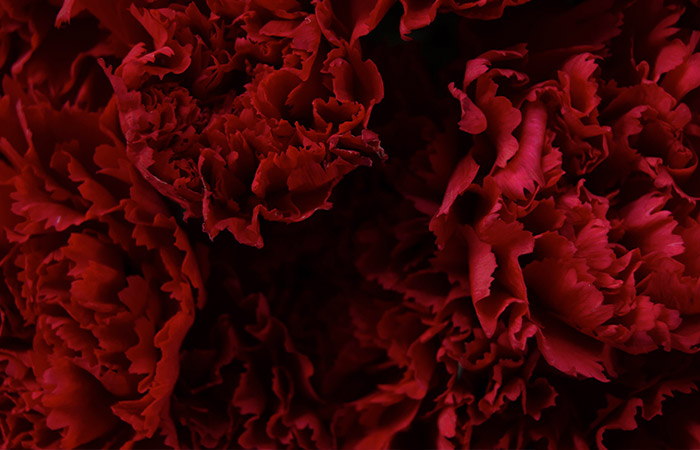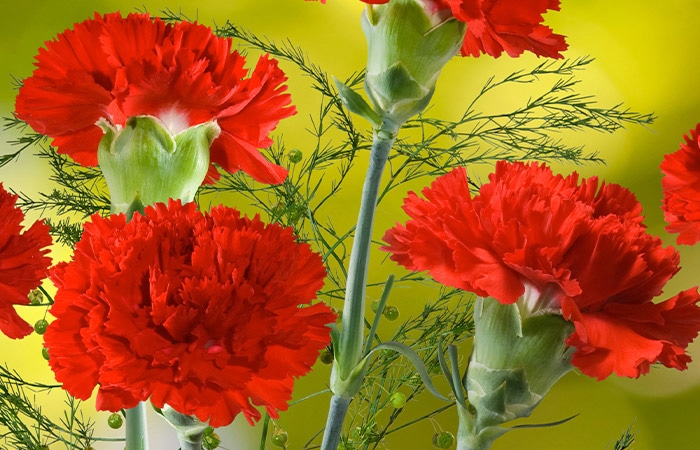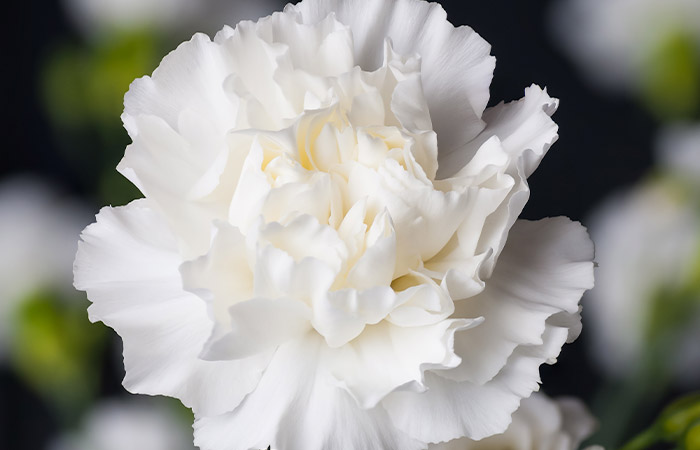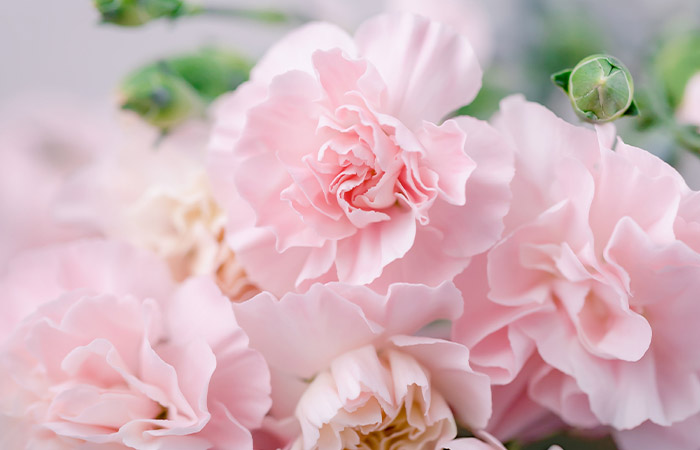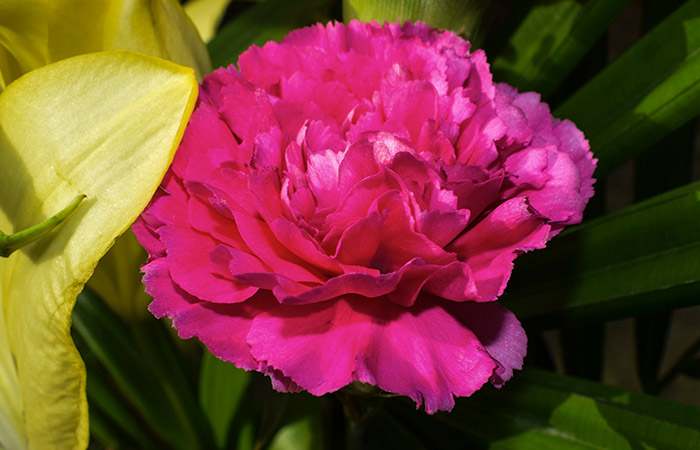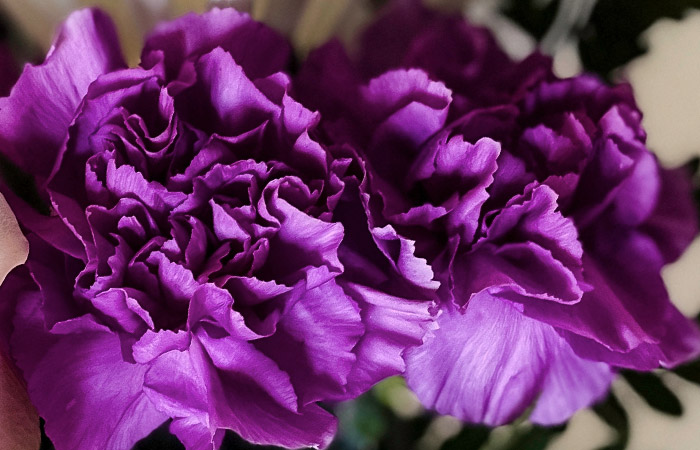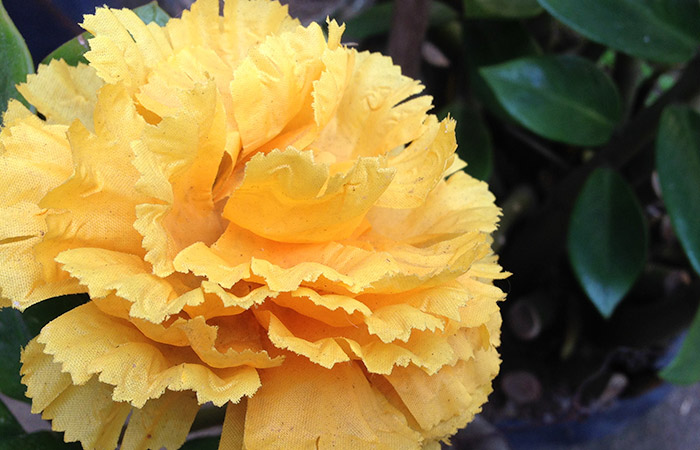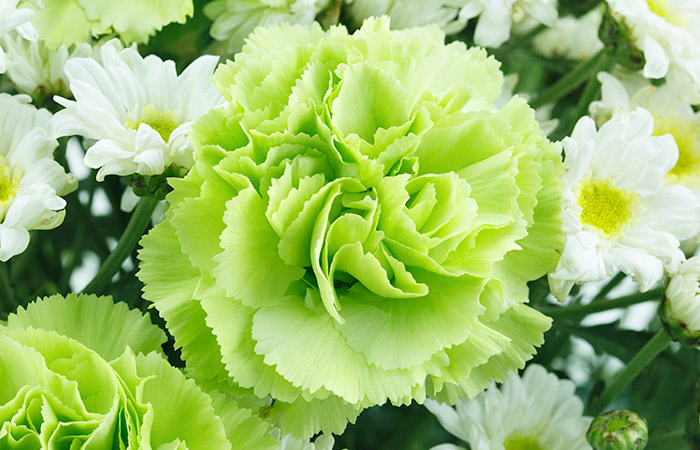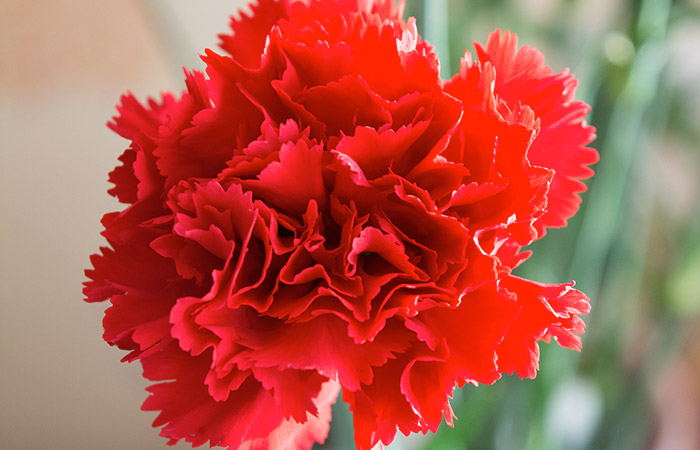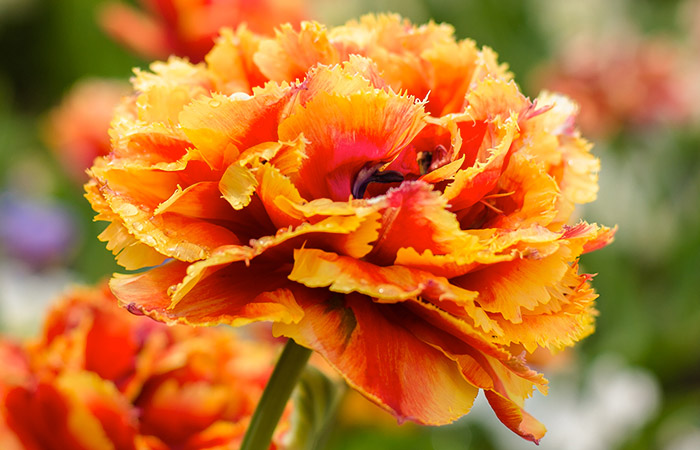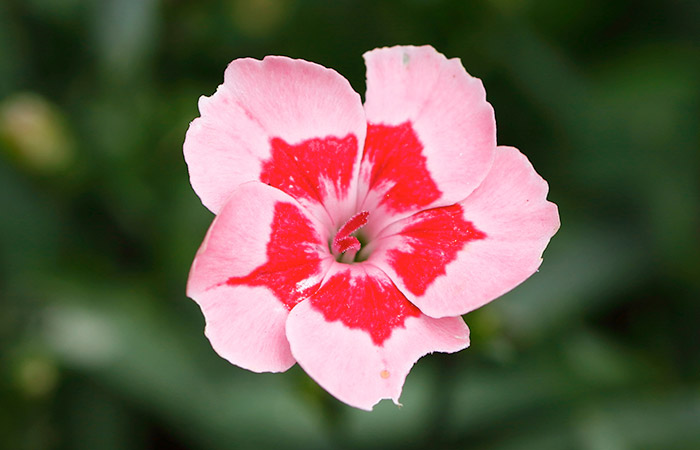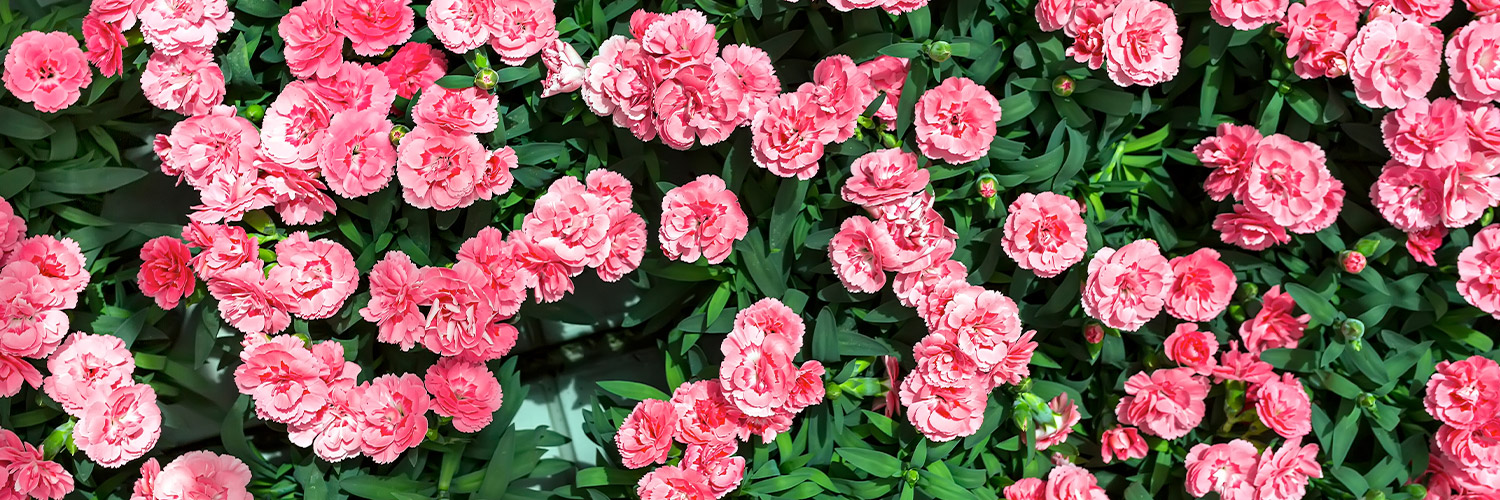
Whether you recognize carnations from their symbolism of love and devotion, a lovely Mother's Day bouquet, or your high school prom date's boutonniere, this popular flower is one-of-a-kind. As one of the oldest flowers in the world, learn about the carnation's long and rich history full of symbolic meaning.
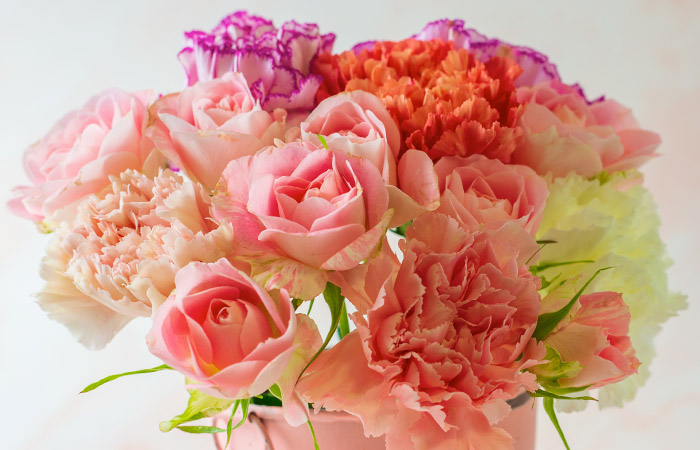
About the Carnation
Carnations were admired and adored by the ancient Romans and Greeks, who first cultivated these flowers over 2,000 years ago. Often found among other famous blooms like roses, daisies, and lilies, the beauty of carnations and popular flowers are amplified by one another and make for stunning floral arrangements for all occasions. Due to their passionate allure and symbolism related to love and devotion, red carnations are a suitable substitution for romantic red roses.
Characteristics of Carnations
A few words to describe carnations are thoughtful, tasteful, dynamic, durable yet delicate, unique, fascinating, fluffy, and fragrant. Carnations are herbaceous perennials, meaning the roots of carnations survive throughout the year resulting in fresh blooms each spring and summer. A fragrant flower, carnations offer a mild spicy or peppery clove-like aroma that is utilized in some perfumes. The appearance of carnations is unforgettable and unlike many other common blooms. Some say that the petals of carnations look as though they were cut with pinking shears, which has led to their nickname "clove pink." The layered petals of carnations are ruffled and full, making them stand-out, eye-catching flowers.
Carnation Symbolism
Carnations are a beautiful symbol of love, devotion, passion, commitment, distinction, fascination, and a mother's undying love. As with most flowers, each color represents something unique. Learn the symbolism behind the most common carnation colors.
Carnation Name Meaning
The scientific name for carnations is Dianthus Caryophyllus. Dianthus is derived from the words "dios" and "anothos," meaning "god" and "flower," which translates to "flower of the gods" as well as "flower of love." Caryophyllus was chosen to highlight the carnation's clove-like fragrance, as Caryophyllus was the genus name for the clove family.
There are two conflicting theories behind the meaning of "carnation." One suggests that carnation is derived from the word "corone" or "coronation," as the ancient Greeks and Romans utilized carnations in flower crowns and garlands during coronation ceremonies. Others believe that "carnation" comes from the Latin term "carnis," meaning flesh. This would refer to the flower's naturally pink and peach hue that resembles the color of flesh. An offshoot of this theory relates to the Christian belief that carnations first bloomed from the tears of the Virgin Mary as Jesus was crucified on the cross. Derived from the word "incarnayon," translating to "incarnation," this suggests that "carnation" came from the "incarnation" of God-made flesh.
Fun Facts About Carnations
- Carnations can last in a vase for 7-18 days, with spray carnations having a longer vase life than standard carnations.
- You can preserve carnations by pressing them between two sheets of white paper and closing the paper inside a heavy book. Place a second large book on top and allow the carnation blooms to dry for three weeks.
- Carnations are the national flower of Monaco, Slovenia, and Spain, and the red carnation is the state flower of Ohio.
- Bogota, Colombia, is the capital of carnations as it produces the most carnations worldwide.
- Since carnations belong to the Caryophyllaceae family, they are related to baby's breath and sweet william.
- Carnations naturally bloom in pale pink and peach hues. Through genetic engineering and selective breeding, we find carnations blooming in red, yellow, white, purple, and green.
- Carnations can cause gastrointestinal distress and mild dermatitis if ingested by our furry friends, like cats and dogs.
Popular Carnation Varieties
There are three main varieties of carnations:
Carnation Occasions
Carnations are fantastic flowers for all occasions, particularly when showing love and support to friends, family, and partners. However, some holidays specifically call for carnations, including red carnations for Valentine's Day, green carnations for St. Patrick's Day, and white carnations for Mother's Day. White carnations were chosen by Anna Jarvis, the founder of Mother's Day, as the holiday's official flower since they were her mother's favorite. Carnations are a popular wedding bloom, the flower to honor first wedding anniversaries, and the birth flower for January. Brighten your home or a loved one's day with colorful, fresh-cut, and thoughtful carnations from our online collection.




